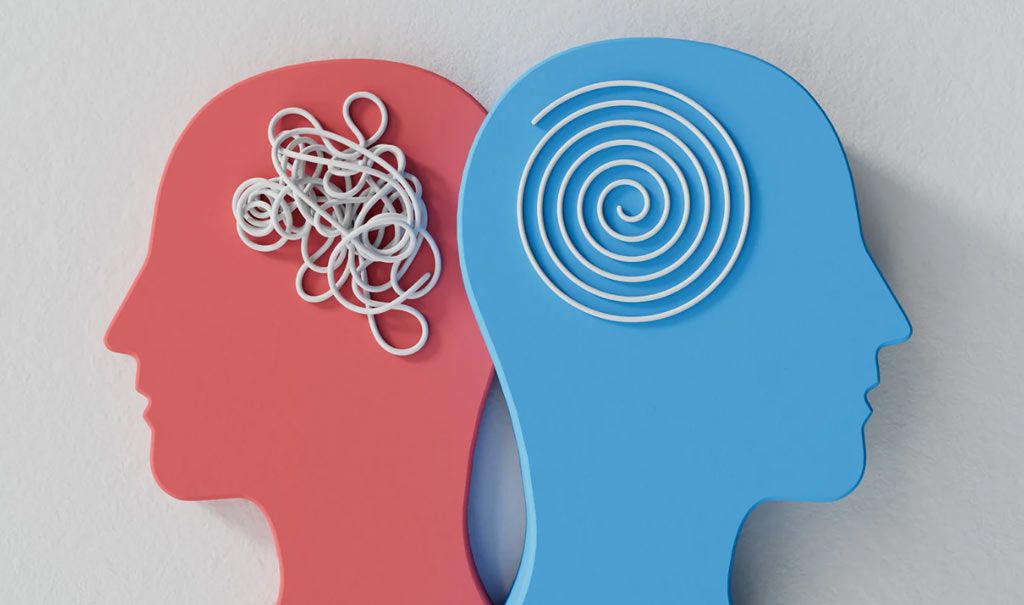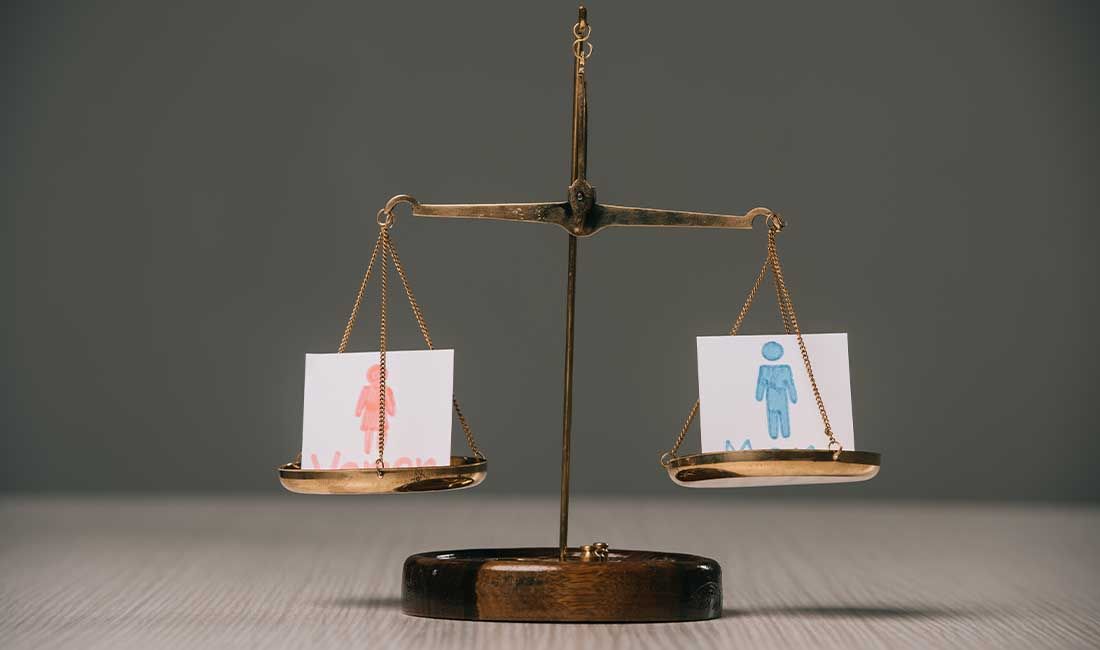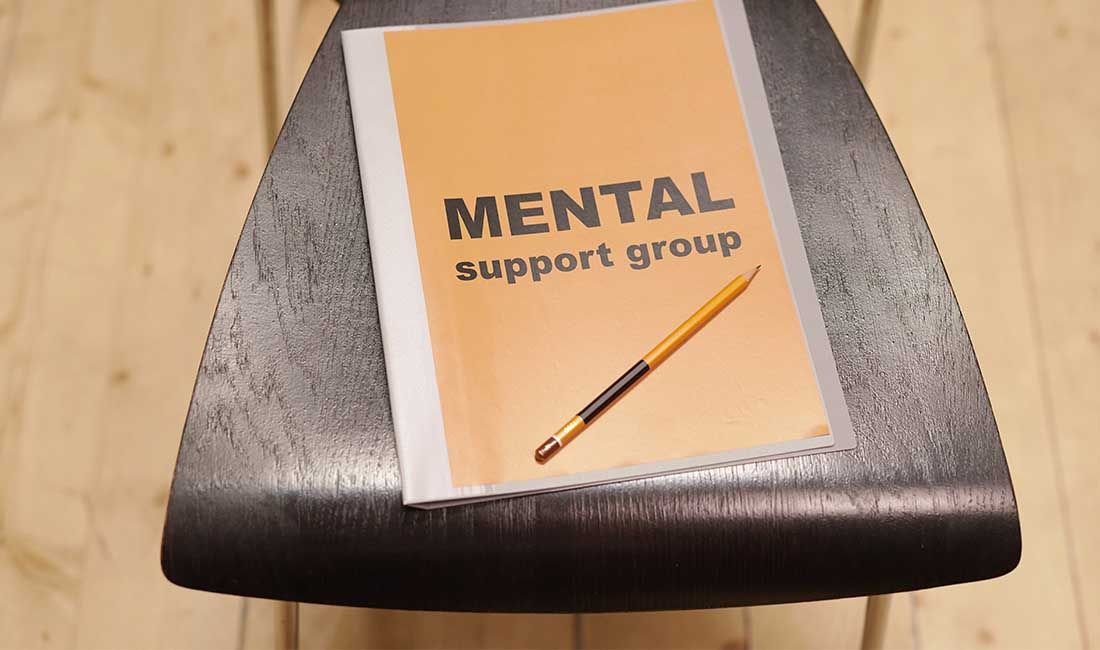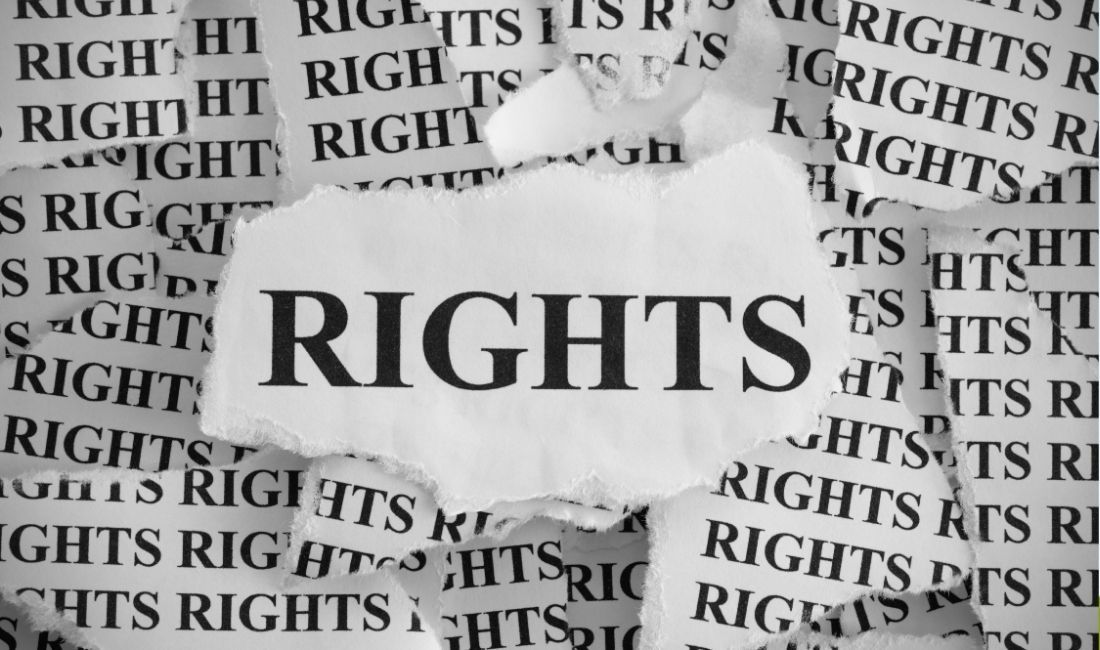Understanding and Resolving Conflict

| W.E.U Admin | Personal Development & Support
TAGS: Communication, Workplace

The Workers of England Union aims to support its members by helping them understand how to avoid grievances and disciplinary hearings where possible. To begin this process, we outline how conflicts occur and methods to prevent them.
Over the next few months, we will explore each section in depth, so you as a member gain a more comprehensive understanding of meetings and interactions at work.
What is Conflict?
Conflict is a naturally occurring phenomenon that arises when there is a clash between opposing parties, ideas, or interests. It is inevitable but can be managed constructively.
Causes of Conflict
Conflict can be triggered by various factors, including:
- A specific problem or issue
- Personal antagonism
- Defensiveness
- Expansion of issues
- Poor communication
- A closed culture
- Stress
- Escalating mistrust
- Polarisation
- Discrimination, harassment, and bullying
Where Conflict Occurs
Conflict can arise in different settings:
- Within individuals
- Within groups or teams
- Within organisations
Results of Conflict
Conflict can have both positive and negative outcomes:
- Positive Outcomes:
- Brings issues into the open, fostering group cohesion and increased performance.
- Can lead to the emergence of strong leaders.
- Negative Outcomes:
- Can make individuals passive, leading to poor performance.
Triggers of Conflict
- Poor communication
- Power struggles
- Dissatisfaction with management style
- Weak leadership
- Lack of openness
- Changes in leadership
Indicators of Conflict
Signs that conflict is present include:
- Body language cues
- Frequent disagreements, regardless of the issue
- Withholding bad news
- Unexpected surprises
- Strong public statements
- Airing grievances through media
- Clashes in value systems
- Increased desire for power and lack of respect
- Open disagreements
- Lack of transparency in budgeting or other sensitive matters
- Unclear goals or failure to discuss progress
- Inadequate evaluation of performance
When Conflict is Constructive
Constructive conflict can be beneficial when it:
- Clarifies important issues
- Leads to problem-solving
- Encourages participation in resolving critical matters
- Promotes authentic communication
- Helps release tension, anxiety, and stress
- Builds cooperation through better understanding
- Encourages skill and insight development
When Conflict is Destructive
Destructive conflict becomes harmful when it:
- Distracts from important tasks
- Undermines morale and self-confidence
- Polarises people and groups, reducing collaboration
- Exacerbates differences
- Leads to irresponsible or harmful behaviour, such as fighting or name-calling
Steps to Resolving Conflict Constructively
- Treat the other person with respect.
- Confront the problem directly.
- Clearly define the conflict.
- Communicate understanding.
- Explore alternative solutions.
- Agree on the most workable solution.
- Evaluate progress over time.
Summary
The goal of conflict resolution should be to address issues constructively, fostering the positive aspects that can emerge from differing viewpoints. Understanding how to resolve workplace issues effectively helps reduce stress, particularly when grievances and disciplinary hearings are at stake.
The Workers of England Union is committed to reducing workplace stress by providing guidance on Understanding and Resolving Conflict.
← →
workersofengland.co.uk | Independent Workers Trade Union

















